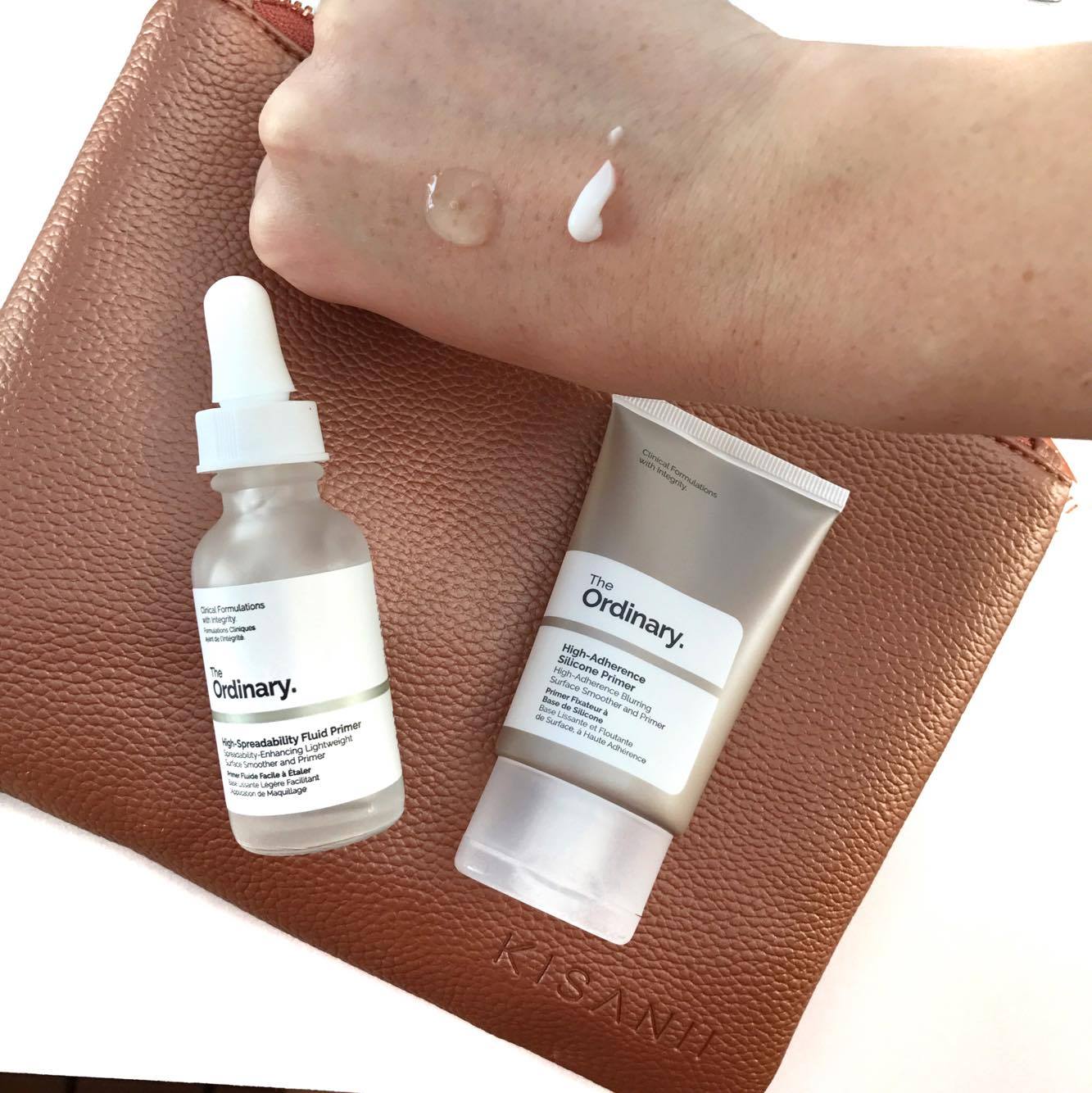Unlocking The Benefits Of Silicone Based Primer For Your Projects
When it comes to achieving a flawless finish on various surfaces, the choice of primer plays a crucial role in the overall outcome. Silicone based primer has emerged as a popular option among DIY enthusiasts and professional painters alike, due to its unique properties that enhance adhesion and durability. This innovative product not only offers excellent coverage but also provides a flexible, waterproof layer that protects against environmental factors.
Incorporating silicone based primer into your painting or renovation projects can significantly improve the longevity and appearance of the final product. Whether you are working on indoor surfaces or outdoor elements, this primer ensures that your paint adheres well, preventing peeling or chipping over time. Its versatility makes it suitable for various materials, including wood, metal, and plastic, making it a go-to choice for many applications.
As you delve deeper into the world of silicone based primer, you will discover the reasons behind its growing popularity. From its unique formulation to the benefits it offers, understanding its characteristics will empower you to make informed decisions for your next project. This article will answer some common questions about silicone based primer, explore its advantages, and provide tips for application, ensuring you get the most out of this remarkable product.
What is Silicone Based Primer?
Silicone based primer is a specialized coating designed to provide superior adhesion and protection for various surfaces. Unlike traditional primers, which may be water or oil-based, silicone primers utilize silicone resins, giving them enhanced flexibility and durability. This makes them particularly effective for surfaces that may experience expansion and contraction due to temperature changes.
How Does Silicone Based Primer Work?
Silicone based primer works by creating a strong bond between the surface and the paint applied over it. The silicone resins in the primer form a flexible film that adheres well to the substrate while allowing for movement. This flexibility is crucial for surfaces that are exposed to the elements, as it helps to prevent cracking and peeling over time.
What Are the Key Benefits of Using Silicone Based Primer?
- Enhanced Adhesion: Silicone based primer improves the bond between the surface and the paint, ensuring a long-lasting finish.
- Water Resistance: Its waterproof properties protect against moisture damage, making it ideal for both indoor and outdoor use.
- Flexibility: The primer's ability to expand and contract with the surface reduces the risk of cracking.
- Versatility: Suitable for various materials, including wood, metal, and plastic.
When Should You Use Silicone Based Primer?
Understanding when to use silicone based primer is essential for achieving the best results. It is particularly beneficial in the following scenarios:
- When painting exterior surfaces exposed to harsh weather conditions.
- On surfaces prone to moisture, such as bathrooms and kitchens.
- When working with flexible materials that may expand or contract.
- For projects requiring a durable, long-lasting finish.
Can You Use Silicone Based Primer on All Surfaces?
While silicone based primer is versatile, it is not suitable for every type of surface. It is essential to consider the material and its condition before application. Some surfaces may require a different type of primer for optimal adhesion. Always check the manufacturer's recommendations for best results.
What Is the Application Process for Silicone Based Primer?
The application process for silicone based primer is straightforward but requires attention to detail for optimal results. Here’s a step-by-step guide:
- Prepare the surface by cleaning and sanding as needed.
- Stir the primer thoroughly before use.
- Apply the primer using a brush, roller, or spray method, ensuring even coverage.
- Allow the primer to dry completely before applying your chosen paint.
What Are Common Mistakes to Avoid When Using Silicone Based Primer?
To ensure the best results, be aware of common mistakes that can compromise the effectiveness of silicone based primer:
- Rushing the drying process; always allow adequate drying time.
- Over-thinning the primer, which can affect adhesion.
- Skipping surface preparation, which is critical for a strong bond.
- Using incompatible paints over the primer, leading to peeling.
How to Choose the Right Silicone Based Primer for Your Project?
Selecting the right silicone based primer depends on several factors, including the type of surface, the environmental conditions, and the desired finish. Here are some tips to help you choose:
- Consider the surface material and any specific requirements.
- Check for compatibility with the paint you plan to use.
- Review product labels for information on drying times and coverage.
- Seek recommendations from professionals or read customer reviews.
Conclusion: Is Silicone Based Primer Right for You?
In conclusion, silicone based primer offers a multitude of benefits that make it an excellent choice for various projects. Its unique properties enhance adhesion, provide waterproof protection, and ensure a flexible finish that stands the test of time. By understanding its advantages and proper application techniques, you can elevate the quality of your painting endeavors and enjoy a lasting, beautiful result.
Article Recommendations
- Leslie Charleson
- Justina Valentine Boyfriend
- David Arthur Carr
- Big Meech Wife
- Kurt Russell
- 5starsstockscom Best Stocks
- Jan Bunch
- Is Kaitlin Olson Related To The Olsen Twins
- Subashree Mms
- Sophie Rain Leak




